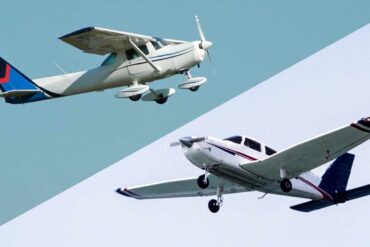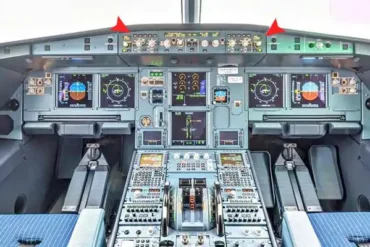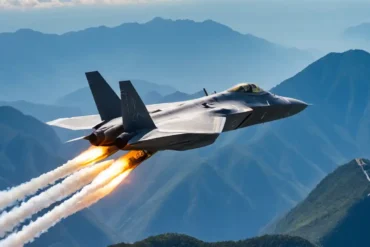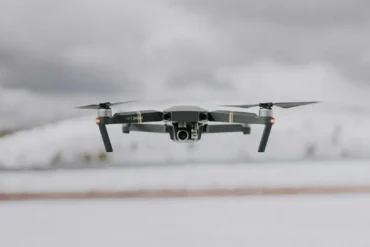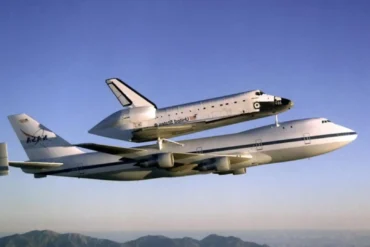When you go to airports often, you’ll notice how different all the planes look – varying in shape, design, length, and size. Just a quick glance at the sky as a plane passes by shows how unique each aircraft is, from little design details to the distinct numbers on the tail. These differences aren’t random; aircraft designers carefully tailor each plane, thinking about things like performance, control, maneuverability, passenger comfort, aviation rules, and the aircraft company’s preferred looks.
Canard Design
Among all the designs aircraft creators have tried out, the canard configuration stands out. Positioned in front of the wings on the body of the plane, its evolution makes us think about how well it works compared to newer designs and whether it improves performance or has some drawbacks.
Understanding Canards
The word “canard” comes from the French word for duck. It makes you picture a duck in flight – neck stretched out front and wings trailing behind. Unlike regular planes with a horizontal stabilizer in the back for stability and control, a canard aircraft has a big rear wing way at the back. This unique design turns the canard configuration into a total redesign of the aircraft, not just adding a control surface or extra lift.
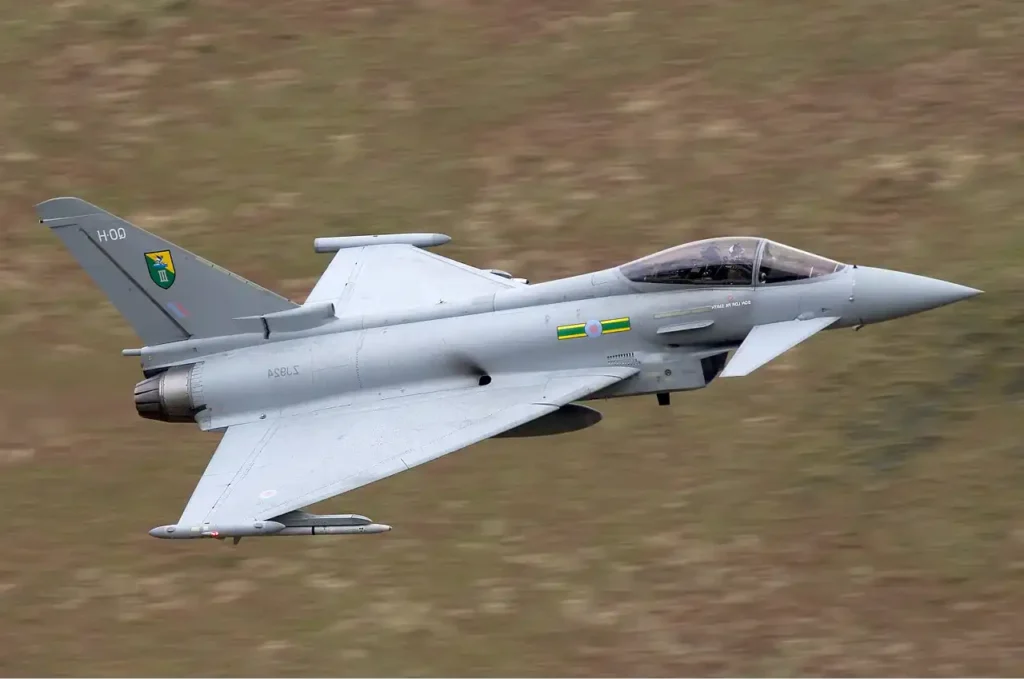
What Canards Do
Canards act as lift-increasing horizontal control surfaces placed ahead of the main wing. You mostly see them on fighter jets because of the high performance those planes need. Canards help increase lift, reduce drag, and improve control. However, these advantages come with stability challenges, which we’ll look at more when discussing the pros and cons of canards.
Different Canard Design Variations
Like regular aircraft design, canard configurations have different types. The two main designs are the lifting canard and the control canard.
1. The Lift-Generating Canard
The lifting canard design has both the aircraft wing and canard sharing the plane’s weight. Unlike the horizontal stabilizer, which makes downward force, the lifting canard makes upward force, countering the aircraft’s weight pushing down. This design is shown on the Rutan Long-EZ plane.
You might wonder, “Why not just have a smaller main wing since the canard lifts a lot?” The reason is that the canard has to stall before the main wing for safe stall recovery and pitch stability. Therefore, the main wing must provide the essential lift, making it relatively larger versus typical plane designs.
2. The Control Canard
Unlike the lifting canard, the control canard design has the main wing handling most of the aircraft’s weight, with the canard primarily controlling pitch. The control canard works at a zero angle of attack and acts purely as a control surface.
Fighter Jets
Often seen on fighter jets like the Eurofighter Typhoon, the control canard on these planes connects to flight control systems to create artificial stability. This improves maneuverability, allowing high performance combat flying even at very fast speeds.
Famous Planes with Canards
Many well-known planes with canard designs exist, from the Wright Brothers’ era up to today. These include:
- Eurofighter Typhoon
- Wright Flyer
- Piaggio P.180 Avanti
- Rutan Long-EZ and VariEze
- Rutan Voyager
- Beech Starship
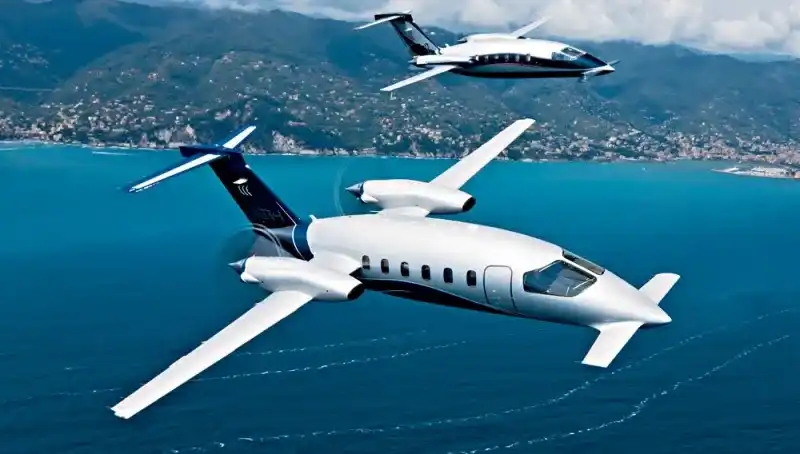
Canard Advantages
To understand the improved performance of canard planes, it’s important to first know the dynamics of regular airplanes with typical tail designs.
In flight, four forces are in play: weight (gravity), lift (upward force), thrust (forward force), and drag (rearward force). For now, let’s focus on weight and lift.
The aircraft’s weight depends on things like mass, fuel, and payload. Although weight acts across the plane, it’s often simplified to go through the center of gravity (COG), where the aircraft rotates in flight.
Lift, the force pushing up against weight to prevent a stall, is crucial. It’s influenced by airspeed, wing shape, and size. On regular planes, lift mainly comes from the wings, with extra downward force from the horizontal stabilizer:
- Wings make upward lift force.
- The plane’s weight and center of gravity make downward force.
- The horizontal stabilizer also pushes down.
When flying, the pilot manages stability and level flight by countering the tail-down force from the stabilizer and adjusting for weight shifts.
On a canard design, the dynamics change:
- Wings make upward lift force.
- The plane’s weight and center of gravity make downward force.
- The canard adds extra upward force, increasing lift.
This change enhances the aircraft’s maneuverability and performance, a key trait of canard planes.
Notice point 3 for a regular plane versus a canard plane, as it underlies the canard’s advantages. Unlike a typical aircraft where more downward force fights the wings’ lift, requiring big wings, a canard aircraft has the canard supplying extra upward force, sharing the job with the wings.
Both surfaces work together to keep the plane airborne. During takeoff, the canard helps lift the nose, cooperating with the main wing instead of burdening it.
Furthermore, unstable canard designs allow for more control at higher lift coefficients compared to unstable regular tail designs. For unstable planes, canards have a lift coefficient advantage.
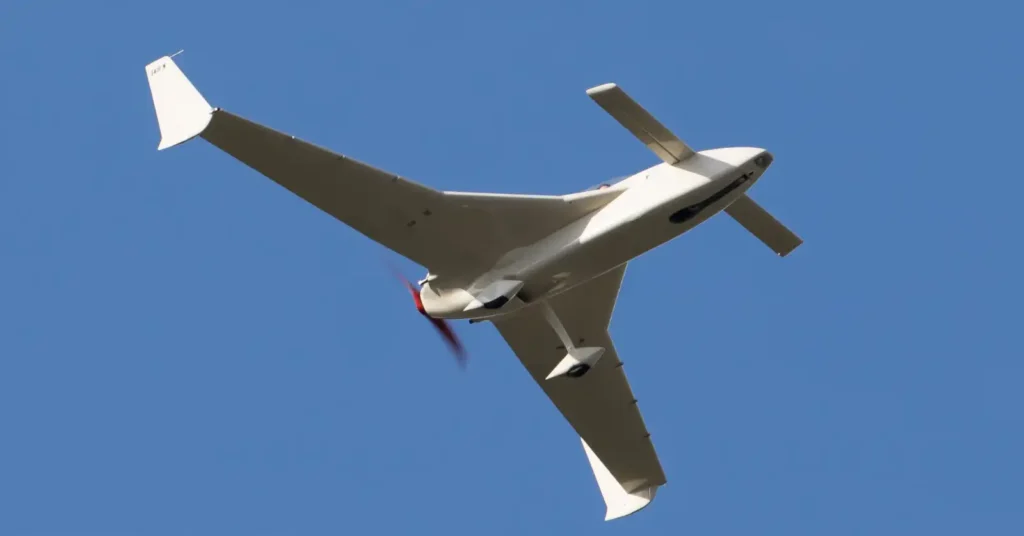
Canard Drawbacks
While canards are “stall-proof” in design, ensuring the canard stalls before the main wing for controlled recovery, maintaining the right canard size is tricky. Even small variations can affect performance, an issue avoided on regular planes.
Canards still need a rudder and vertical stabilizer (tail). But positioning the vertical stabilizer gets hard due to the shorter distance from the plane’s center of gravity to the rear surfaces versus regular planes.
This can lead to oversized vertical surfaces, often fixed with winglets, like on the Rutan Long-EZ. But that may require highly swept-back wings. Unfortunately, high sweepback hurts low-speed flight typical of low altitudes, raising stall and approach speeds.
Also, although canards produce equal or better lift coefficients, contributing to lift, their higher coefficients tend to cause more drag than comparable regular planes.
Wrap Up
While canard planes can look more unique than typical aircraft side by side, the extra design complexity needed for stability often outweighs the benefits on modern planes.
Although a canard may catch the eye, most designers find the added complications unnecessary compared to the stability of regular aircraft.


